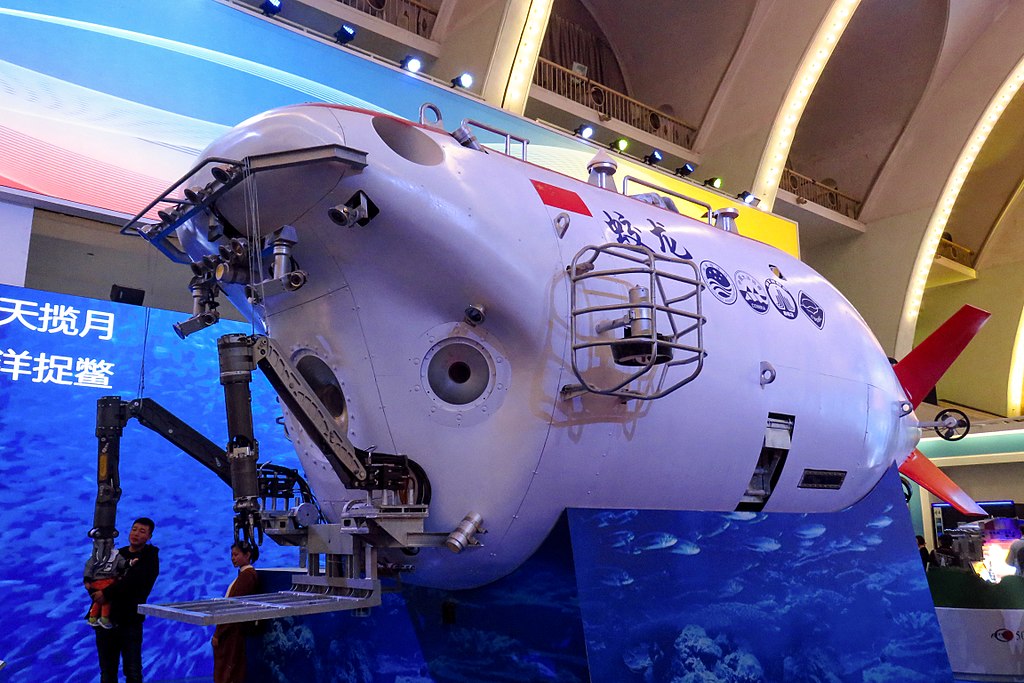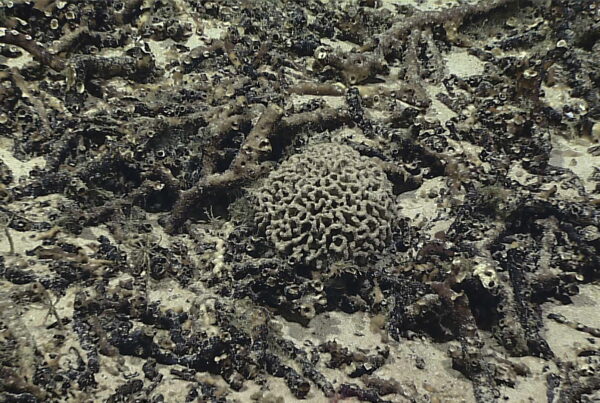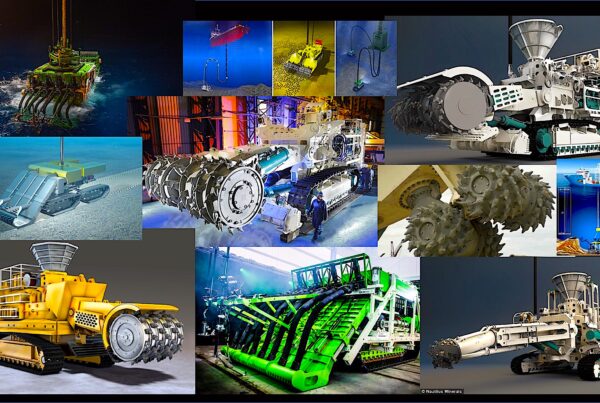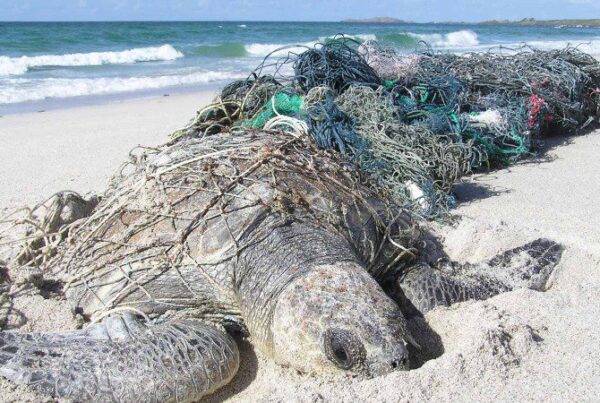China’s Science and Technology for the “Deep-Sea”
Scientific mysteries still surround the deep ocean, the most recently discovered world on Earth.
As president Xi Jinping stresses the need to further care for the ocean, understand the ocean, strategize about the ocean, and promote the construction of China’s ocean power to continuously reach new achievements. Drilling deep, diving deep, fishing deep—ploughing deep into the blue realm, building a powerful country at sea—China’s marine career is increasingly moving into the “depths of the oceans.”
Deep drilling: Drilling to the bottom of the sea to “spy” on the earth
The thinnest part of the earth’s crust is at the bottom of the sea. For more than half a century, ocean drilling has set off an international geological revolution.
…The International Ocean Drilling Programme (IODP), which began in 1968, has become one of the world’s most influential international scientific cooperation programmes in the fields of earth and ocean sciences. Ocean drilling has contributed to a series of scientific studies.
For China’s ocean drilling, the IODP China Expert Advisory Committee has proposed a “three-step” strategic plan: the first step is to realise three “matching project proposals,” mainly by Chinese scientists, from 2014 to 2017; In the second step, China will organize its own international ocean discovery programmes and build a new core research centre from 2018 to 2020; and the third step is to build a new generation of ocean drilling vessels. At present, China’s ocean drilling is steadily advancing according to this three-step strategic plan.
Deep diving: 20,000 Leagues Under the Sea is no longer science fiction
…
With the development of deep diving technology, 20,000 Leagues Under the Sea has long ceased to be science fiction. Not long ago, Liu Shiping, a journalist from Xinhua News Agency, took China’s “Jiaolong” manned deep submersible and dived to 4811 metres in the Mariana Trench, the world’s deepest seafloor. Liu Shiping found that the underwater world was not barren, and from time to time he saw sea cucumbers, sponges, starfish, fish, shrimps and other submarine animals. Many of these details coincide with the descriptions in 20,000 Leagues Under the Sea.
The “Jiaolong” is the first operational deep-sea manned submersible independently designed and integrated in China, with a maximum dive depth of 7,000 metres, which can be used in a vast area of 99.8% of the world’s oceans and is currently the world’s deepest operational manned submersible, ranking first in the global family of manned submersibles. It is the world’s deepest operational manned submersible, ranking first in the global family of manned submersibles. With unmanned submersibles, underwater robots and other technologies changing by the day, why would scientists want to build a manned submersible and dive to the bottom of the ocean to see for themselves?
Apart from satisfying human curiosity, there are many undersea tasks for which there is still no substitute for the role of humans.
The “Jiaolong” is so well known that it has two “brothers” – the Sea Dragon II unmanned cable submersible and the “Submersible Dragon I” unmanned cableless submersible. All three brothers have been stationed at the National Deep Sea Base Management Centre in Qingdao, bringing the “three dragons” of China’s deep-sea together.
Liu Feng, director of the office of the China Ocean Mineral Resources Research and Development Association, said that the “three dragons” are typical deep submersibles designed by and integrated with China, with independent intellectual property rights, and each of them has its own characteristics in terms of survey operation mode. The “three dragons” also serve as mutual protection: if one breaks down, another submersible can provide rescue.
Yu Hongjun, director of the National Deep Sea Base Management Centre, said that the new mother ship for the “Jiaolong” is under construction and is expected to launch in March 2019, when it will be able to carry the “three dragons” to explore the sea at the same time.
Deep net: “Live” news from the undersea world
Since ancient times, humans have looked at the ocean from the surface or from the air. With advances in science and technology, it has become possible to set up observation networks on the seabed and look up at the ocean from the bottom.
…
With the support of the Strategic Pioneer Science and Technology Project of the Chinese Academy of Sciences, the Institute of Oceanography of the Chinese Academy of Sciences has organised a number of voyages in the tropical western Pacific Ocean over the past three years to successfully collect and release 73 sets of diving buoys, building a scientific observation network in the western Pacific Ocean consisting of 16 sets of deep-sea diving buoys and achieved stable operation, with the deepest observation depth in the representative waters of the western Pacific Ocean reaching 5093m. The network has obtained data on temperature, salinity and ocean currents for three consecutive years.
In the 2016 voyage, the Institute of Oceanography, Chinese Academy of Sciences (IOC) has overcome the worldwide problem of real-time transmission of submerged data over a long period of time by realising the “live broadcast” of deep-sea data.
The construction of observation networks on the seabed, like a pair of eyes installed on the seabed, is known as the third earth science observation platform established by human beings on the seabed, following surface and sea surface observation and airborne remote sensing observation.
Recently, China’s first major national scientific and technological infrastructure in the field of oceans—the “national undersea scientific observation network”—has been officially approved for the project for the construction cycle of five years with a total investment of more than 2.1 billion yuan. Upon completion it will be an international first-class overall level, providing comprehensive indicators of international advanced undersea scientific observation and research facilities.
Wang Pinxian, an academic at Tongji University, said that China’s deep-sea research started later than many countries, and the gap between deep-sea science and technology and the international frontier is also larger than in many other fields. Actively carrying out the construction of a submarine scientific observation network is of great significance to the early realization of the dream of building a strong country in marine science and technology.
Deep fishing: advancing into the “deep blue” to enrich the people’s dinner table
With breakthroughs in farming technology and offshore equipment, fishing grounds are moving from shallow inshore waters to deep offshore waters.
A collaborative innovation team led by the Ocean University of China is exploring the farming of Atlantic salmon in the Yellow Sea cold water mass, marking the first attempt at cold water fish farming in a temperate zone, and laying the foundation for offshore deep sea farming in China which is expected to trigger a new wave of mariculture.
Dong Shuanglin, former vice president of China Ocean University, explained that high-quality cold-water fish, such as Atlantic salmon and rainbow trout, have been a gap in China’s mariculture. China has no cold water sea, from the Bohai Sea to the South China Sea, so the summer seawater temperature is too high for salmon trout and other cold-water fish to survive.
Dong Shuanglin said, “During the hot season, the breeding nets can be sunk to the cold water mass, or the water from the cold water mass can be pumped into the breeding work boats to ensure that the salmon and trout survive the summer.”
High-end deep-sea fish farming equipment built in China is also “going out.” The world’s first semi-submersible intelligent offshore “fish farm” – the Norwegian offshore fish farming platform – was delivered recently to the West Coast New Area of Qingdao. It is currently the world’s largest semi-submersible intelligent offshore “fish farm.” The platform combines automated farming technology, modern environmental farming concepts and the world’s top marine equipment design.
Translated from a publicly available article on the Chinese government website, originally published by Xinhua News Agency, 8 June 2017: http://www.gov.cn/xinwen/2017-06/08/content_5200884.htm
Author and original Journalists: Jiansong Zhang, Shiping Liu, Xudong Zhang, Haichuan Xiao, Zhe Hu.
Translator: Dongyang Li

Model of the Jiaolong submersible at the Five-Year Achievements Exhibition


